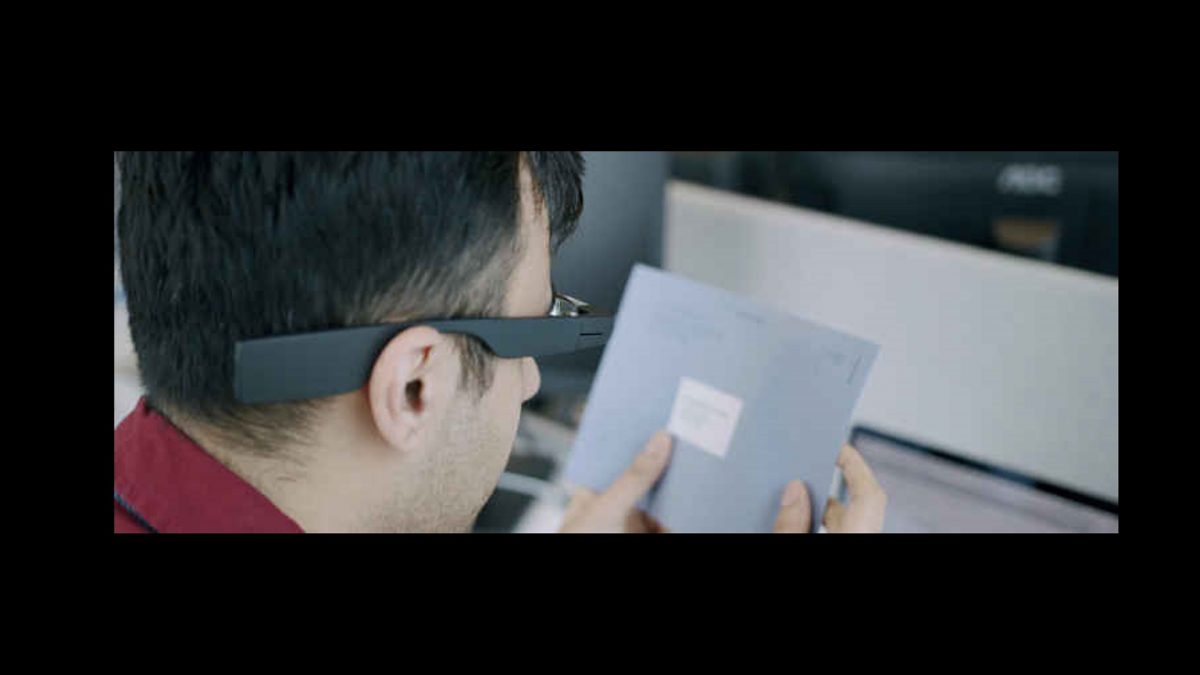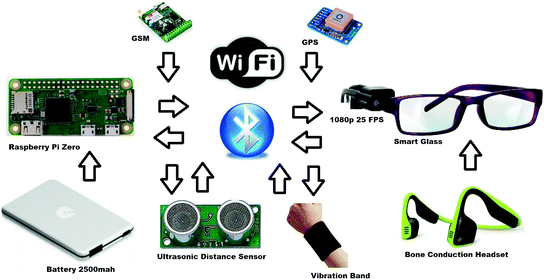Voice-Activated Assistive Devices: Empowering the Visually Impaired Through Innovation
Empowering Self-reliance With Assistive Technology for the Blind
The integration of assistive technology for people who are blind or visually damaged stands for a significant development in promoting self-reliance and improving high quality of life. With a variety of gadgets-- from screen readers to innovative tactile devices-- these modern technologies not just promote navigating and interaction however also promote social inclusion and engagement in numerous elements of life.
Comprehending Assistive Innovation
Although assistive innovation has actually developed considerably over the years, its fundamental objective stays the same: to enhance the top quality of life for people with impairments, particularly those that are blind or aesthetically impaired. This technology incorporates a wide series of tools and tools that help with independence and capability in everyday activities.
Assistive modern technology can be classified into sophisticated and low-tech services, each designed to meet details requirements. High-tech tools commonly include software program applications, specialized hardware, and flexible devices that use sophisticated technology to provide assistance in different contexts. Alternatively, low-tech options may entail everyday products that are modified to enhance accessibility, such as magnifiers or responsive markers.
The combination of assistive technology into the lives of people who are blind or aesthetically harmed not only advertises autonomy however additionally promotes social incorporation and involvement in educational and specialist settings. By leveraging these technologies, individuals can browse their surroundings, gain access to details, and communicate efficiently, therefore enhancing their general top quality of life. Understanding assistive technology is vital for professionals, caregivers, and advocates that intend to sustain people in optimizing their potential and achieving greater self-reliance.
Kinds Of Assistive Tools
Assistive tools for the visually damaged and blind are vital devices that boost daily obeying addressing specific challenges experienced by individuals. These gadgets can be extensively classified into three primary types: optical devices, electronic devices, and sensory devices.

Sensory tools, such as Braille screens and tactile maps, supply alternative means to receive details. Braille displays transform digital text right into Braille, making it possible for customers to read with touch. Tactile maps use spatial understanding via increased textures and lines, enabling for far better environmental understanding.
With each other, these assistive devices equip people with aesthetic disabilities to engage more completely with their environments, promoting higher independence and self-confidence in daily tasks.

Influence On Life
The combination of assistive technology right into the day-to-days live of individuals that are aesthetically impaired or blind dramatically improves their ability to communicate and browse with the world around them. Instruments such as display visitors, Braille presents, and mobile applications help with accessibility to info, permitting individuals to involve with digital web content, communicate properly, and manage day-to-day tasks separately.
Furthermore, innovations like clever glasses and navigating apps provide real-time help in unfamiliar atmospheres, boosting movement and self-confidence. These devices allow customers to identify challenges, reviewed signs, and even identify faces, hence fostering a feeling of freedom in public areas. Additionally, home automation systems, which can be managed via voice commands, allow individuals to manage their living settings more successfully, boosting convenience and safety.
The effect of assistive innovation expands past useful tasks; it promotes social addition and psychological health. By bridging the gap between individuals and their surroundings, these innovations encourage customers to get involved fully in community activities, go after academic opportunities, and take part in meaningful connections. Eventually, the improvement of assistive innovation contributes in redefining the opportunities for people that are blind or aesthetically damaged, resulting in a much more accessible and inclusive society.
Success Stories and Testimonials

One more effective testimony originates from Mark, a current university grad that made use of display analysis software application throughout his scholastic trip. This innovation enabled him to gain access to course products and get involved in conversations, eventually causing his effective shift into the workforce. Mark credit scores assistive modern technology for encouraging him to attain his job objectives, stressing its function in leveling the playing field for individuals with aesthetic problems.
Furthermore, recreation center have reported raised engagement in their programs many thanks to the introduction of obtainable electronic platforms. These platforms have actually made it much easier for individuals to connect, share resources, and assistance each other. These success stories jointly emphasize the profound effect of assistive modern technology in promoting self-reliance, enhancing top quality of life, and damaging down barriers for the blind and aesthetically damaged neighborhood.
Future Trends in Assistive Technology
Emerging technologies are positioned to transform the landscape of assistive tech optometry practice for individuals who are aesthetically impaired or blind. Technologies in expert system (AI) and machine understanding are improving the capabilities of tools, allowing more instinctive individual experiences. For instance, AI-driven applications are significantly able to review and acknowledge things text out loud in real-time, offering customers with important details about their environments.
Furthermore, innovations in wearable technology are producing brand-new opportunities for self-reliance. Smart glasses furnished with increased reality functions can overlay essential information onto the individual's visual field, facilitating navigation and interaction with the atmosphere. In addition, the integration of Internet of Things (IoT) gadgets is simplifying accessibility in smart homes, enabling individuals to manage devices and obtain notifications through voice commands or tactile interfaces.
The growth of braille display screens and responsive responses systems is additionally increasing, advertising accessibility to digital material and enhancing interaction. As these innovations remain to progress, they guarantee to improve everyday living, academic opportunities, and employment prospects for people with aesthetic disabilities. Constant partnership between engineers, customers, and campaigning for groups will be important in ensuring these innovations fulfill the demands of the neighborhood successfully.
Final Thought
To conclude, assistive technology plays a crucial duty in improving the independence of people that are aesthetically impaired or blind. By giving necessary tools and resources, these modern technologies promote enhanced navigate to these guys navigation, interaction, and gain access to to details, thus cultivating freedom and self-confidence. The transformative influence of assistive gadgets not just promotes reliable interaction with the setting however additionally motivates social incorporation and engagement in various facets of life, ultimately encouraging users to prosper within their communities.
The assimilation of assistive technology for people that are visually impaired or blind represents a substantial advancement in promoting freedom and enhancing high quality of life.The assimilation of assistive modern technology into the lives of individuals who are blind or visually hindered not just schooling for optometrist advertises freedom but likewise promotes social incorporation and engagement in instructional and professional atmospheres. Inevitably, the advancement of assistive innovation is critical in redefining the possibilities for people who are blind or aesthetically impaired, leading to a much more easily accessible and inclusive culture.
Several individuals that are blind or aesthetically impaired have shared inspiring success tales that highlight the transformative influence of assistive modern technology on their lives.In conclusion, assistive innovation plays an essential duty in boosting the freedom of individuals who are aesthetically damaged or blind.